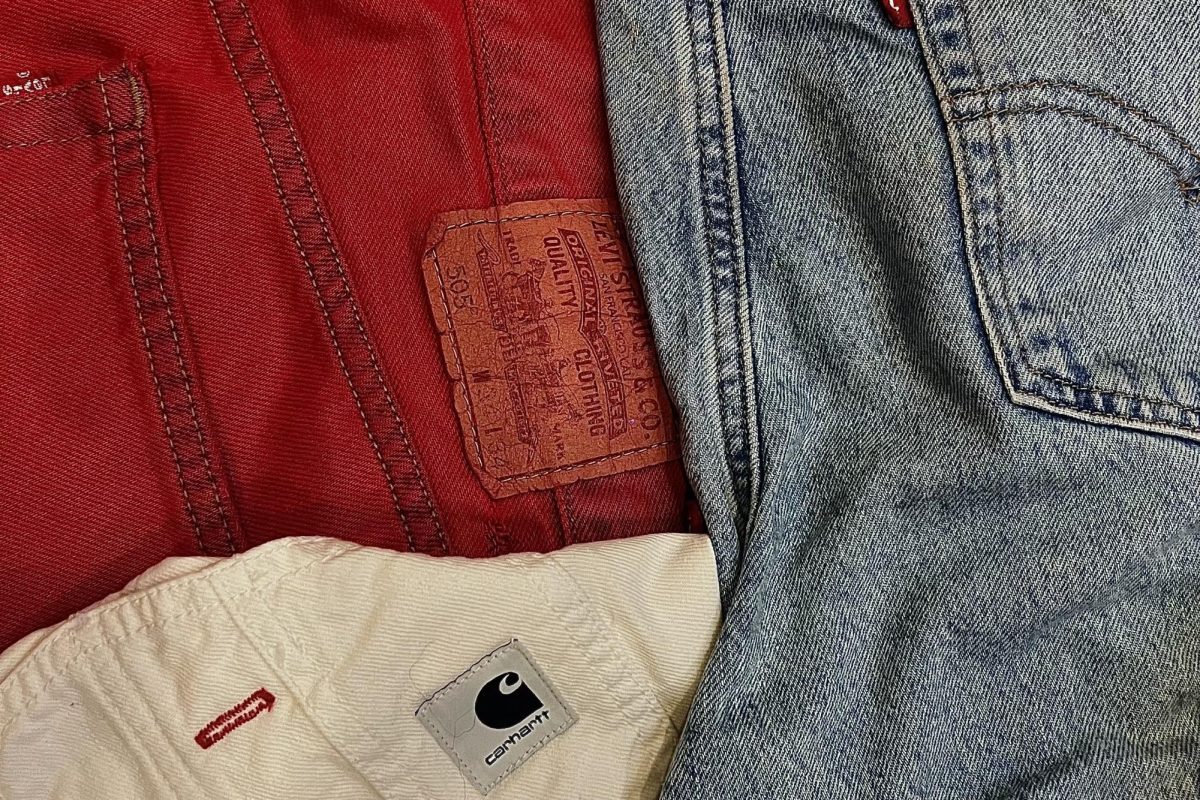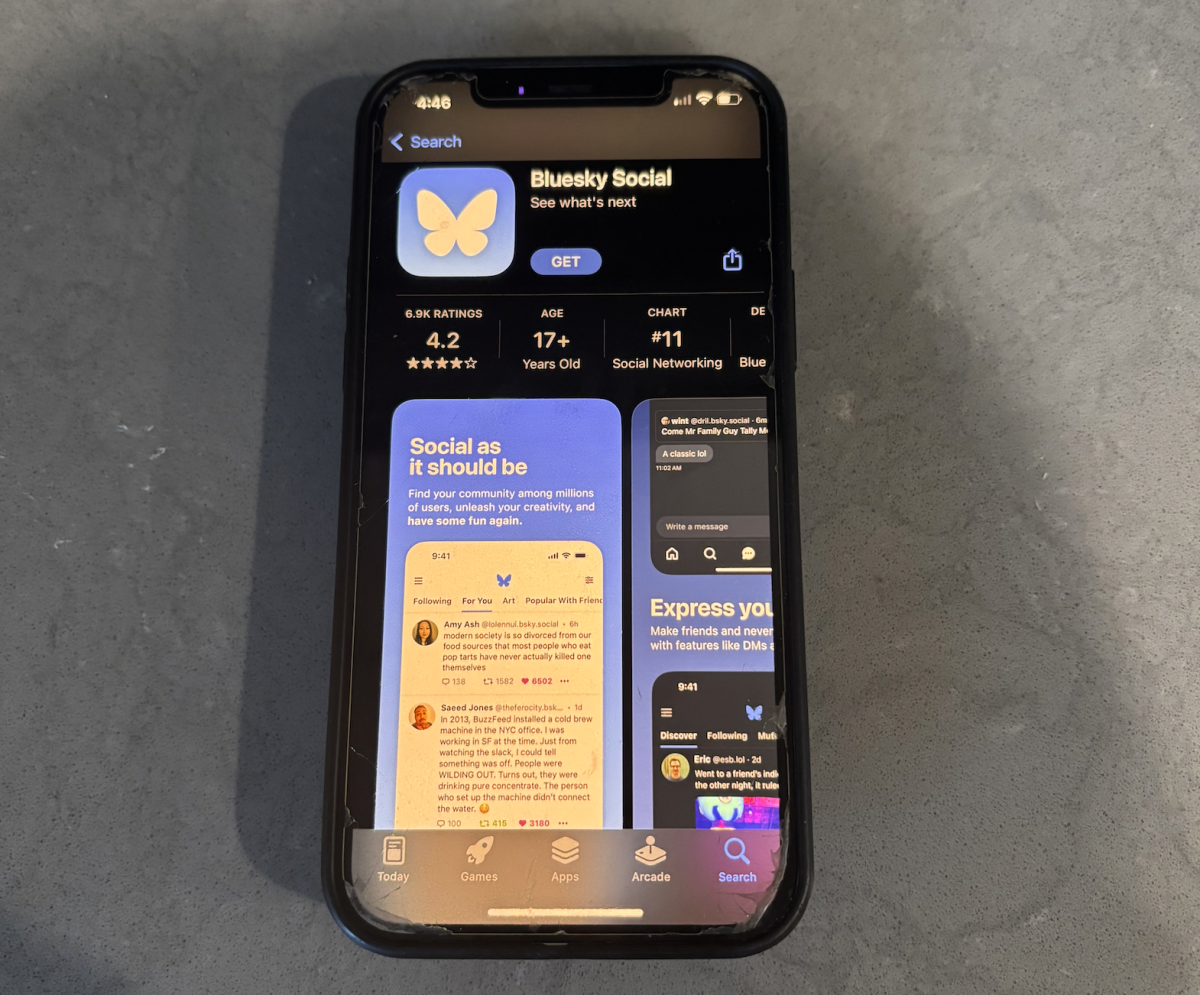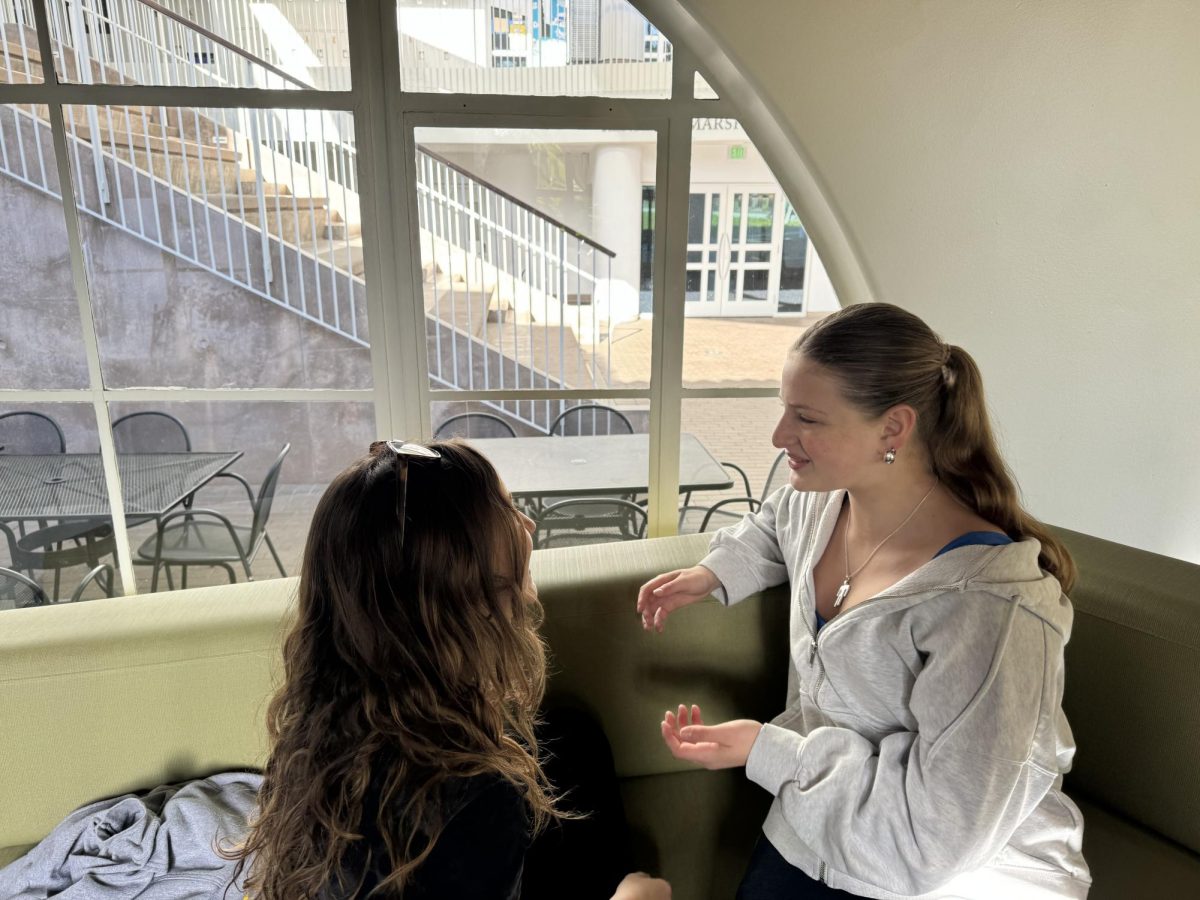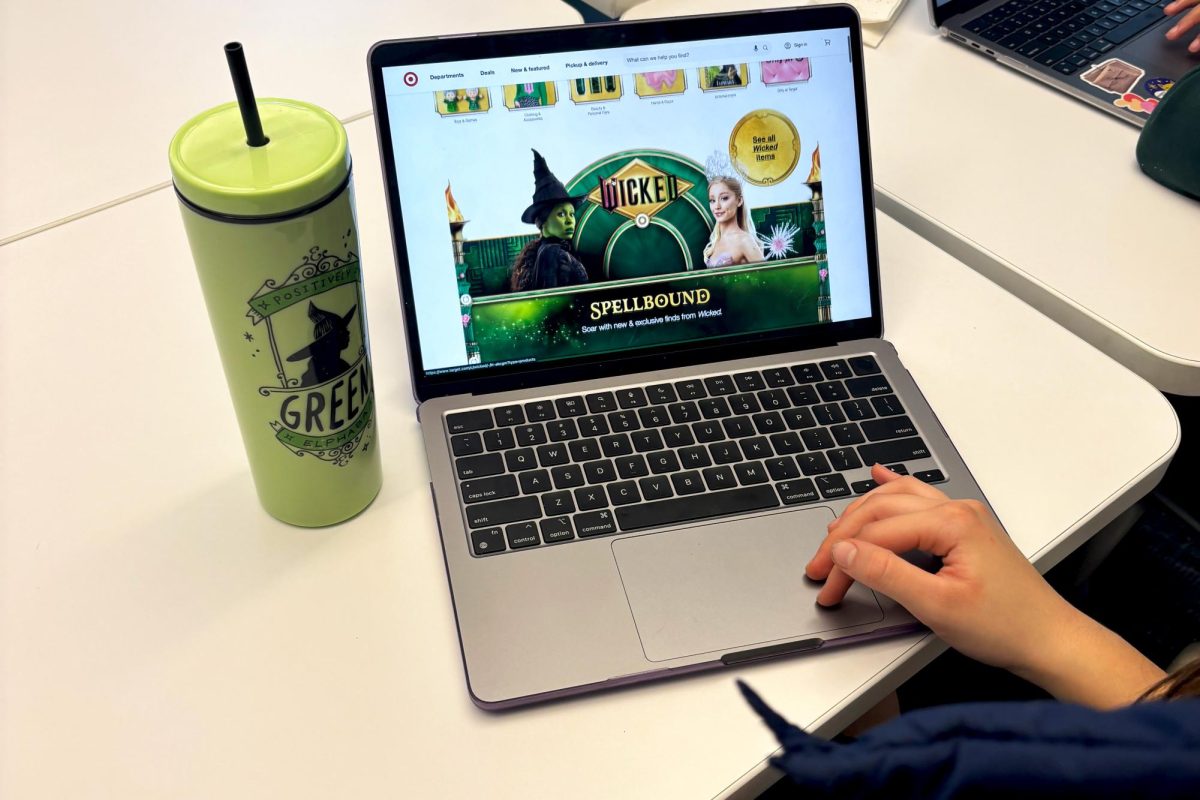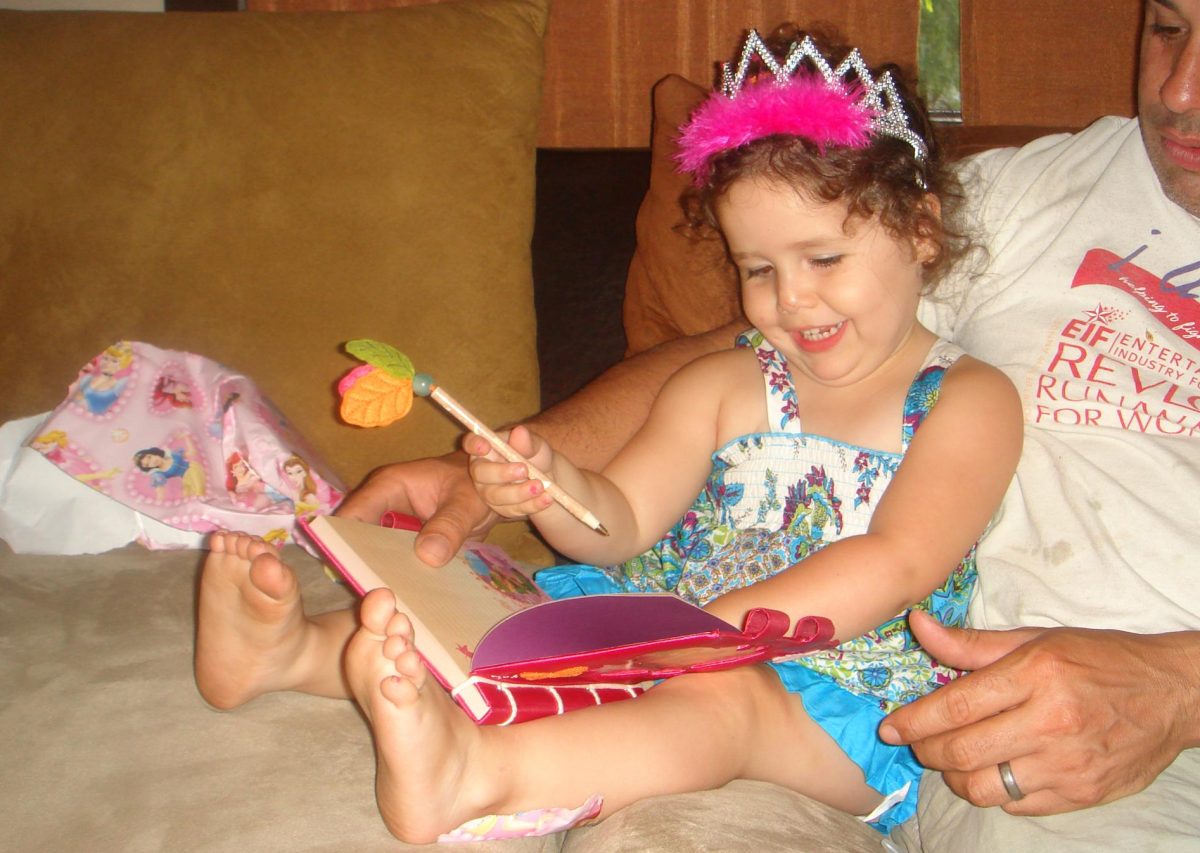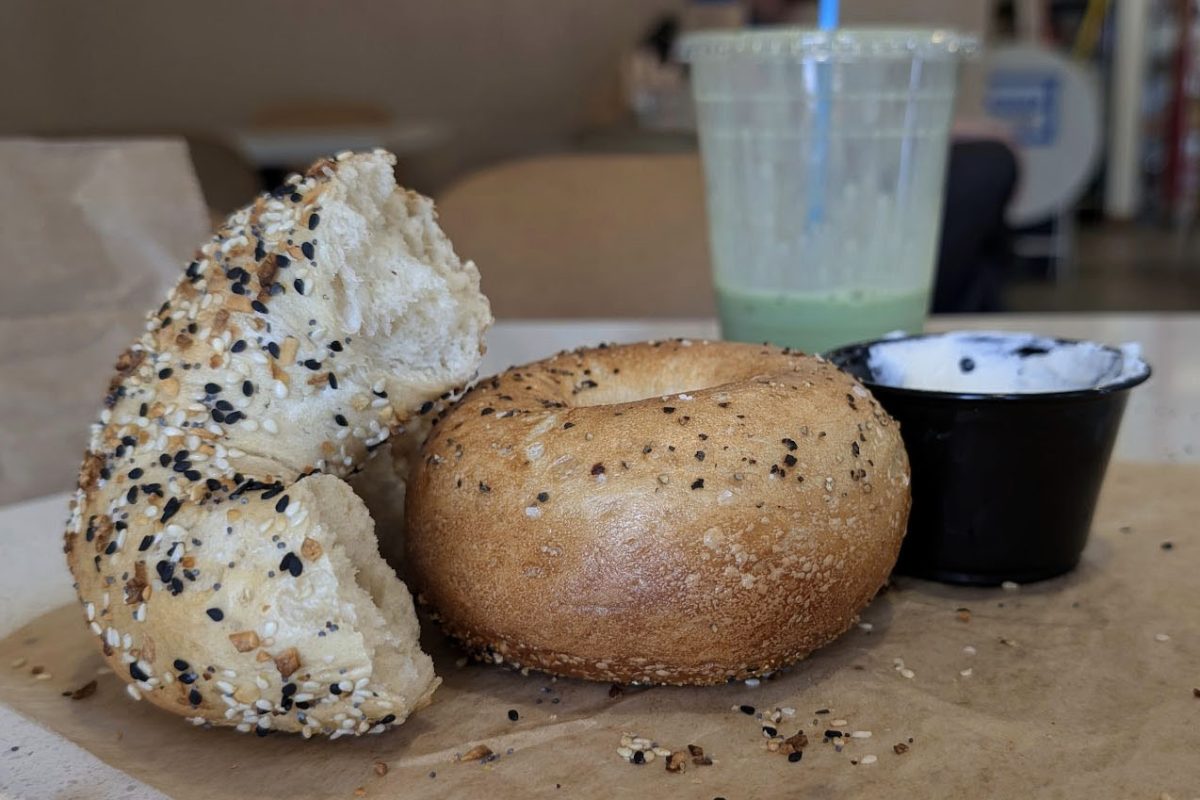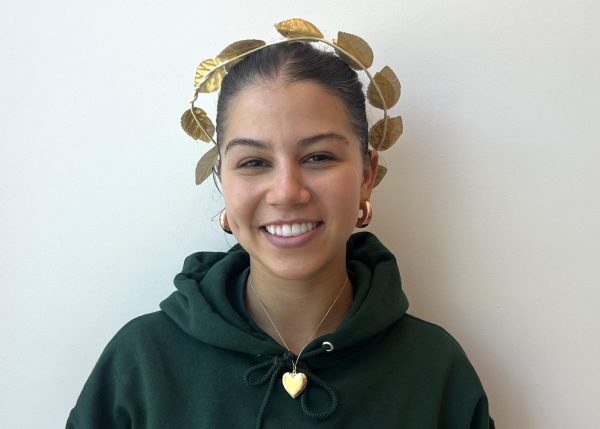Baggy jeans are back. From Tupac to TikTok, they have returned in full force. Yes, they’ve been back for a hot minute, but where exactly did this new trend come from? How did we go from 2014 — straight-leg skinny jeans, flowy floral tops and Brandy Melville alien shirts to a pair of oversized jeans and chunky belts?
With the rise of TikTok and other social media platforms, it’s easy to forget that the trends you’re following don’t just come from a tiny screen. Every article of clothing has a story. Even the 1992 Vivienne Westwood winter collection has fallen into the clutches of 21st-century 17-year-olds as they search through the Goodwill bins, so it’s safe to say fashion has seen and done it all.
Fashion is a product of music, culture and individual identity — it’s art. Thus, as simple and superficial as they may sound, baggy jeans can’t be boiled down to a resurgence of 90s style and Gen Z’s ever-present need to appear effortlessly cool. They are a product of the comeback of hip hop, punk and rock music that symbolize the natural process of recycling fashion trends and represents Gen Z’s loving ode to their Gen X parents’ teenage years.
Let’s begin with the fascinating history of this undeniably cool denim trend. Baggy jeans can be traced to a mix of the 50s surge of rock and roll and the 70s birth of hip hop. The 1990 hit “U Can’t Touch This” (a true banger) by MC Hammer, introduced the “Hammer Pants,” an interpretation of the Middle Eastern harem pant, which can be best described as baggy on top with cuffs at the ankles. While some may consider this to be a questionable trend, it kicked off the historical journey of baggy jeans.
This staple piece of clothing also finds its origins in the nonchalant skateboarders and effortlessly talented break dancers of the time. Movies such as the mid-90s “Step Up” showed how these jeans elevated dancers’ and skaters’ performances by accentuating their flow and allowing smooth movement. This essential piece made its way into every aspect of 90s hip-hop culture. It represented the generation’s experiences in the pungent culture of the 90s, expressing rebellion by everyone from small-town kids to minorities and stylishly pushing against the rigid structure of self-expression at the time.
How does this 90s message of rebellion relate to 21st-century screen-addicted teenagers like me? It started in 2020, and I found myself through TikToks of teenage girls lip-syncing Notorious B.I.G with their legs consumed by yards upon yards of denim. So, as a teenage girl, I naturally felt it was my duty to test this returning trend myself.
My first time trying on this magical piece of clothing was candidly a moment that changed me. I used to be the girl who wore sweats 24/7, who was terrified of the skin-tight clothing that had a chokehold on my peers. But this was the birth of a new me, a me that was comfortable and cool, taking a piece of denim and embracing its empowering message of rebellion. It was a piece of clothing that helped me explore my own identity, rather than living attached to my peers’ standards. The denim piece morphed into a seemingly quiet but effective form of my own 90s rebellion.
Do I wear baggy jeans three sizes too big for me every chance I get? Yes. Does it make my mom question the way I spend my money? For sure. But it also brings something so culturally valuable to the way I express my identity, an identity rooted in the fearlessness of those who wore these jeans before me. And knowing it all started with “U Can’t Touch This” is just icing on the cake.
Now, I can’t leave you all without my suggestions of pieces that both interpret and pay tribute to this essential fashion statement. So here are some of my favorite brands that never fail to encapsulate this one-of-a-kind clothing item that forever changed my, and so many others’, take on fashion.
To start off, we have Butter Goods, a company based in Perth, Australia, by two former skateboarders who feature incredible embroidered detailing on their denim. Then, we have the classic Stussy “big ol Jean,” which are on the pricier side, but a classic rendition of the 90s baggy jeans. Last, but certainly not least, is our sustainable friend, thrifting — whether online (with sites such as Grailed or Depop) or in person. On the racks of vintage stores, you can find age-old pieces of some of my personal favorite brands such as Evisu, which brings edgier styles to the trend, as well as Carhartt, which puts out more than just your average work pants.
Fashion is an ever-changing expression of identity. Whether you choose baggy jeans or wear whatever your heart desires, fashion is how you show the world who you are. It is an art that’s defined by more than just fabrics and designs — it is a story. After my long rant on the power of thick and flowy denim, it’s safe to say that fashion has changed my life. Baggy jeans help me express myself, but it’s the rich stories behind them and every fashion trend that make me feel powerful.



